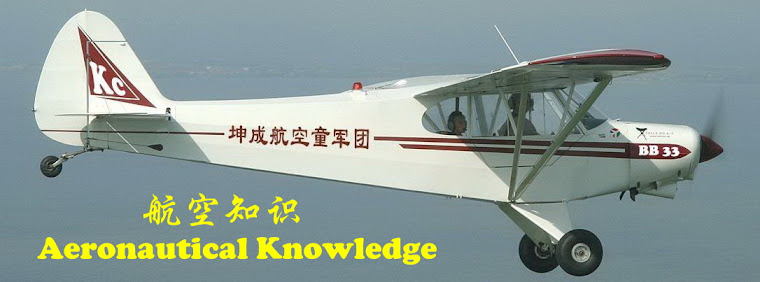




The HB-SIA solar-powered aircraft, the first prototype of the Solar Impulse project, is to be unveiled next week on June 26 at Dübendorf air base, near Zurich, Switzerland. Those who attend will discover some design changes since the last images were released, company CEO André Borschberg told AIN, adding that a first flight is planned for later this year.
In February, Solar Impulse engineers were elated when the main spar successfully completed load tests, which simulated situations such as a combination of turbulence and extreme piloting maneuvers. The trials involved flexion and torsion of the aircraft’s 200-foot-long spar. The spar was fixed at its center and lead weights were gradually added onto approximately 30 platforms suspended by cables or winches distributed along its span. They were loaded in four stages–25, 50, 75 and 100 percent–yielding a total load equivalent to 3.5gs. With the total load–comprising 5.5 metric tons of lead–the deflection measured at the wing tips was almost four feet.
Ten people worked eight months to manufacture the spar, which underwent 60 thermal treatments to meet resistance and weight goals.
Two months earlier, in December, the spar underwent vibration testing aimed at assessing the risk of resonance. The tests defined the aircraft’s natural frequencies and checked the correspondence between the model calculated by the engineers and its real technical characteristics.
Using electrodynamic devices fixed at different points on the airframe, German aerospace research agency (DLR) experts caused the aircraft to vibrate. They measured the repercussions with 71 sensors placed along the spar, the fuselage, the tailboom and the engine and battery supports. In all, they tested around 100 vibration modes at frequencies varying from 8 to 20 Hz.
The test results revealed a few minimal differences with the computer model that the engineers had developed. The elasticity modulus for the structure turned out to be slightly lower than planned, which was good news because the aircraft is more flexible than they anticipated.
The Solar Impulse defies normal aircraft conventions: “It is the size of an Airbus, has the weight of a car and runs on the power of a scooter,” Borschberg quipped.
The aircraft weighs just 3,300 pounds. Its batteries are charged by 2,150 sq ft of photovoltaic cells affixed to the wing. The photovoltaic cells–which are composed of single-crystal silicon with a 180-micron thickness–are at the forefront of solar technology. They are said to offer 22 percent efficiency.
The wing also carries four 10-hp electric motors, and over a 24-hour period, the Solar Impulse’s average speed is projected to be close to 38 knots.
Of course, building a solar aircraft makes sense only if it can also fly at night. Energy accumulated during the day will be stored in two ways. One way is electric, via the HB-SIA’s batteries which have an energetic density of 225 Wh per kilogram. The second way is potential energy: the pilot will have the aircraft climbing during daytime, and at night, this will allow the aircraft to lose altitude while keeping to the preset flight profile.
HB-SIA is the first of two aircraft planned to be built. It is scheduled to perform full 36-hour flight cycles, hopefully this year. However, as Borschberg’s team has set its sights on an around-the-world flight (including stopovers), it needs a bigger airplane, which it will build with lessons learned from the HB-SIA. Plans are for a flight across the Atlantic in 2011.
The Solar Impulse’s project initiator is Bertrand Piccard, who flew nonstop around the world in a balloon 10 years ago. Piccard and Borschberg are to be the HB-SIA’s pilots. Both already have performed long-duration simulated flights on the ground in the aircraft’s single-seat cockpit.
In the past, solar technology pioneers flew unmanned aircraft at night using the electricity produced onboard during the day; others flew several hundred miles in one day. None of them, however, combined manned flight with long duration.
Solar Impulse partners include, among others, aircraft manufacturer Dassault, the International Air Transport Association (IATA), engineer consultancy firm Altran, chemical and materials specialist Solvay, watchmaker Omega, the Ecole Polytechnique Fédérale de Lausanne (EPFL) and Deutsche Bank.


